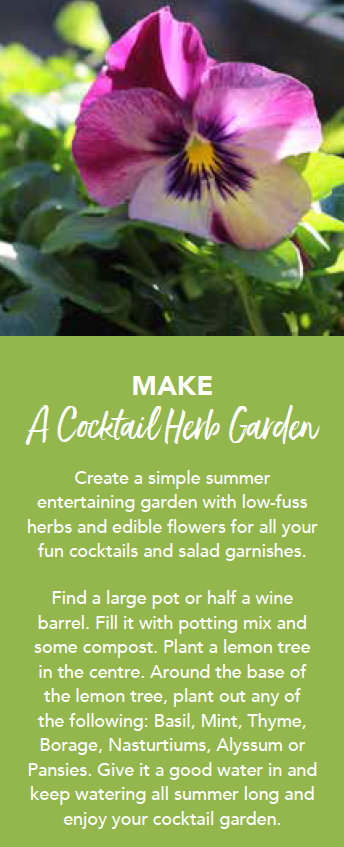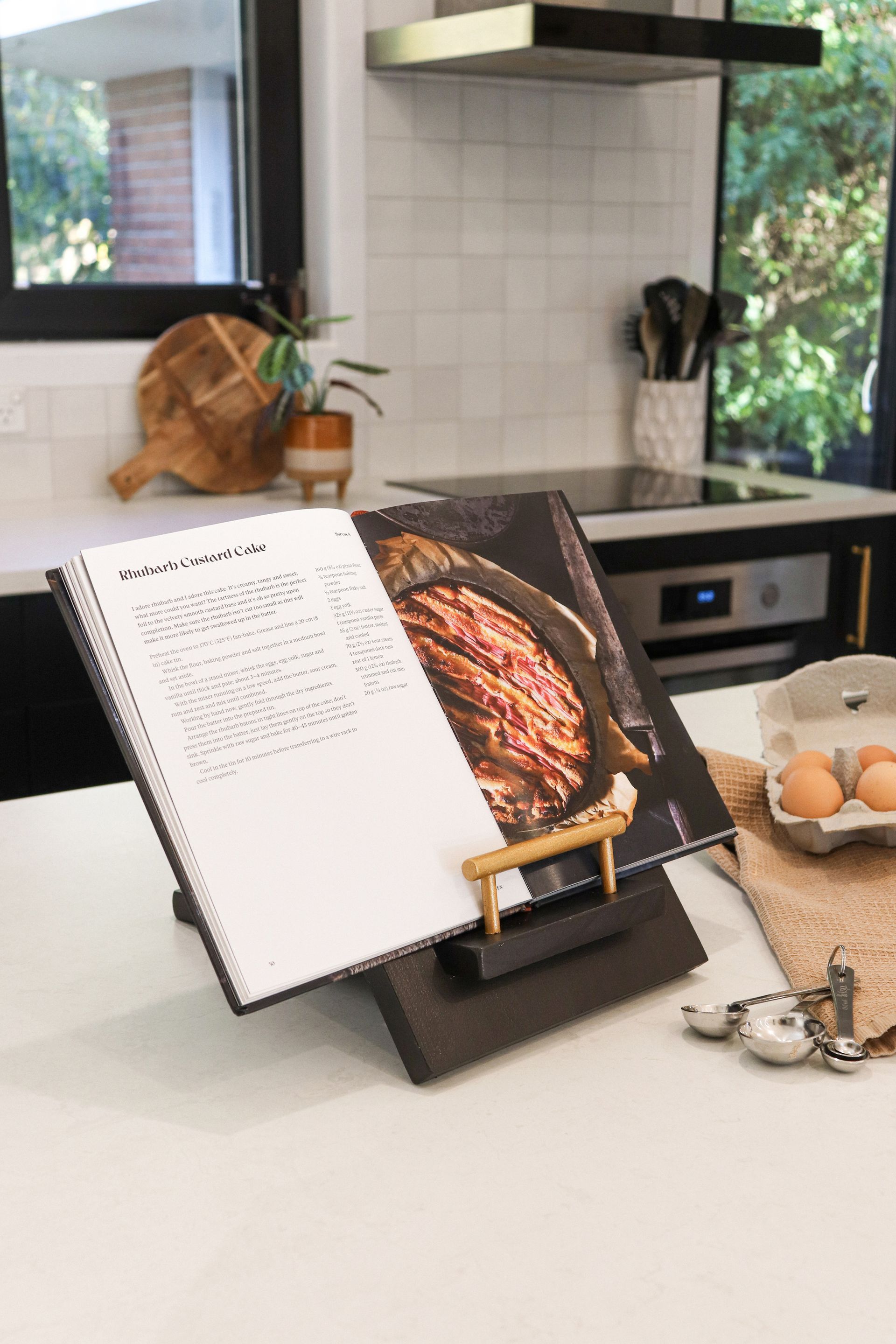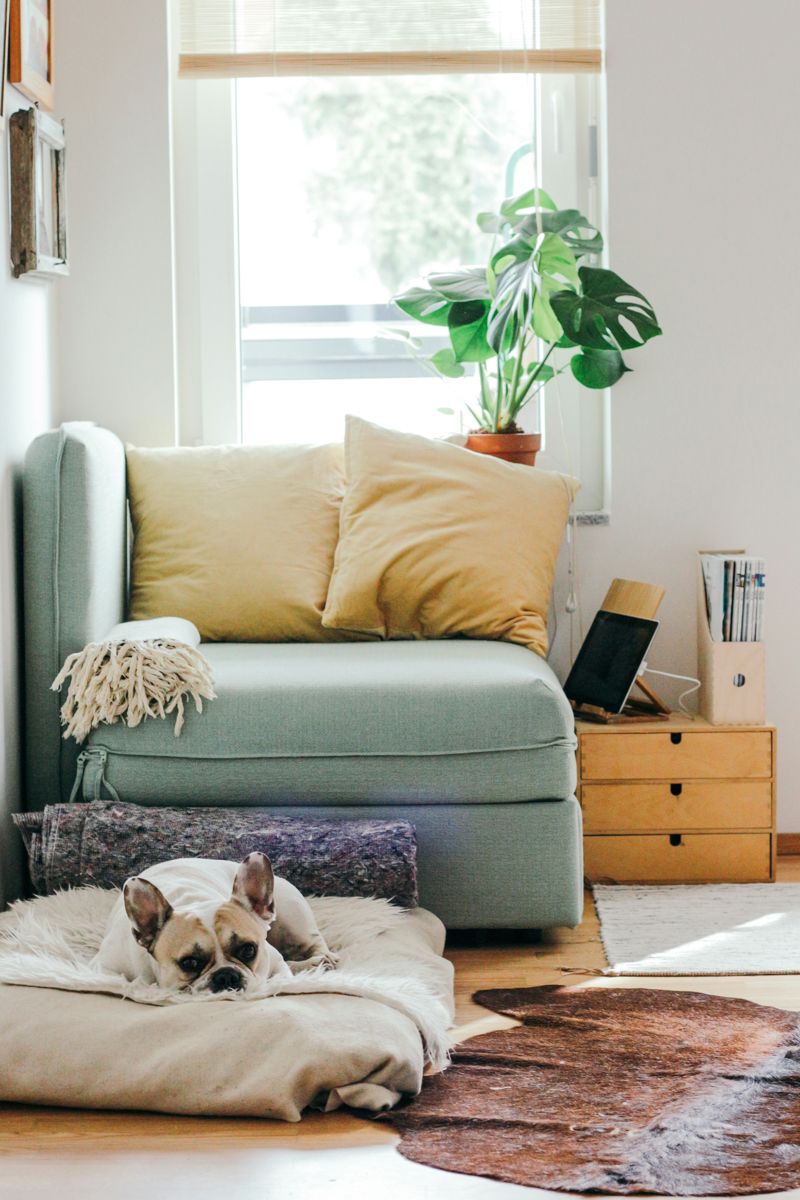Flora Brons of Flora Grow is here to guide us through the summer months in the garden. It is going to be busy!
The silly season is upon us which means longer, warmer days and entertaining outside again. One of my favourite feelings is being able to pick vegetables from my garden and serve them with a home-cooked meal for friends and family. Or having a fresh bunch of flowers inside and being able to give some to friends and family to take home. It’s the simple things in life that bring me so much joy.
As the days get longer and warmer, this also means the garden will be getting drier too. Watering is a very important job to keep your garden thriving. I have a few tips and tricks to help make watering your garden an enjoyable task rather than a burden and ensure you save time and water this summer!

Watering tips and tricks
● Water the garden early in the morning or in the evening. This will help to prevent water loss as it will give the water time to soak in before the heat of the day.
● Use a handheld hose rather than a sprinkler where you can. Try and avoid watering the foliage of the plants as this prevents disease spread like powdery mildew. But if, like me, you are time poor at this time of year, don’t stress. Just get a sprinkler going and move it around the garden every 15–30 minutes.
● Deep-water so that the water pools in the area you have watered, let it soak in and then you can give it more water if you have time.
● Don’t forget about plants in pots, they dry out much quicker than if they were in the garden. Water, water, water!
Deep-watering, what is it and why do it?
Deep-watering is when you apply large amounts of water less frequently. The idea is that by applying a lot of water in one go it will move down the soil profile below the root zone of the plants. This then makes the roots grow down towards the water and suck it up making a longer and stronger root system and therefore more drought-tolerant plants.
Top Tip
Dahlias, Sweet peas and Cosmos are all flowers that love to be picked. The more you pick them the more they flower! It’s a win-win! Fill the house with flowers and more flowers will come. If you don’t pick them and the flowers go tatty or turn to a seed head, try and remove as many dead heads as you can so the plant isn’t putting too much energy into reproducing but rather producing more flowers.
Create A Pollinator Garden
Looking after our pollinators is a very important thing that we can all do our bit for. Creating a pollinator garden not only looks beautiful but it creates food and habitats for our pollinators and friends.
You will need:
- Bee Friendly Wildflower Seeds
- A garden bed or a medium-large sized pot with some potting mix in it
- A watering can or spray bottle
- Face mask
- Gardening gloves
Prepare your seed bed by clearing the soil of any weeds and loosen the topsoil. If you’re using a pot, fill it with fresh potting mix (wear a mask and gloves while doing this). Once your soil is ready, sprinkle your seeds evenly and then lightly scratch them into the soil with your hand or sprinkle some potting mix or compost on top. Water the seeds in gently and then keep watering them each day (don’t overwater them or the seeds will move around or rot). In about a week you will see the seeds have germinated. Keep watering them every couple of days and in a few weeks, you will have yourself a pollinator garden.

With an agricultural degree from Lincoln University, along with an entrepreneurial mindset, Flora Brons was inspired to develop Flora Grow to educate and influence the community on sustainable living through her knowledge of plants and the ecosystem. Her passion for plants, nature and people drives her continued success. floragrow.co.nz
Recent stories



All Rights Reserved | CountryWide Media




